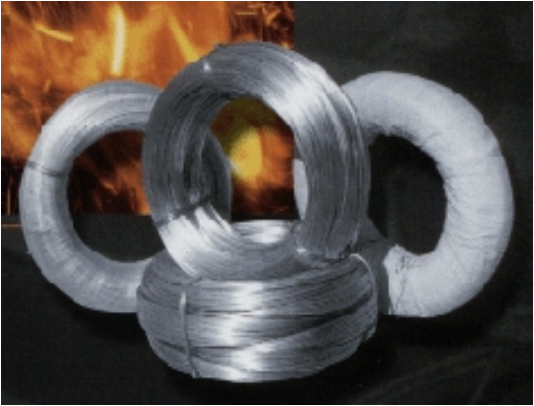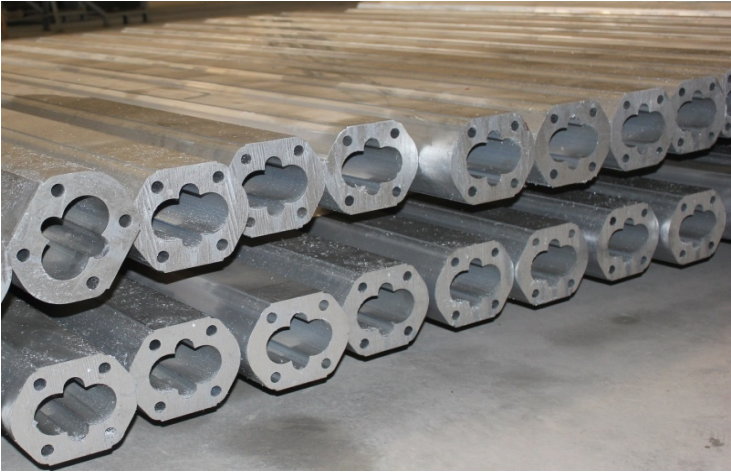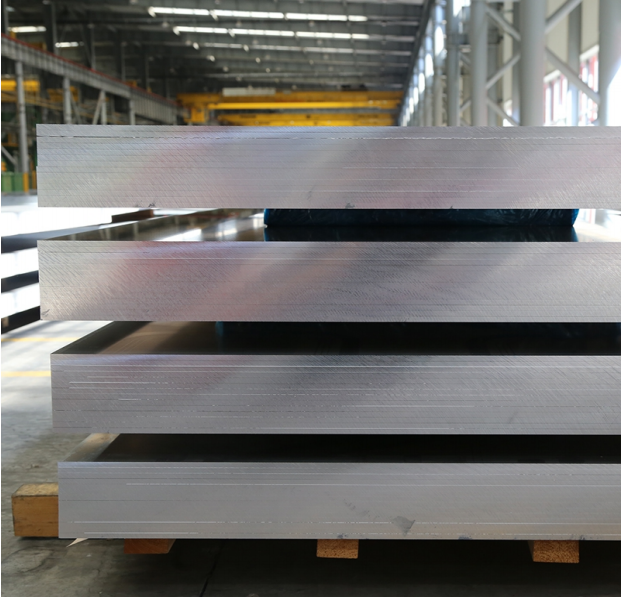According to an evaluation report released by Standard & Poor's in late September, European chemicals sales have already shown signs of recovery, but low start-up rates will still affect the efficiency of some companies in 2010. Sales in the second quarter of 2009 have rebounded from the lows of the previous year, but Tobias Merck, a professional analyst at Standard & Poor’s, still expects that, based on the average production of chemical producers, it will The annual demand will still be about 15% lower than in 2008.
European chemical companies have just embarked on the road to change. The European High-level Working Group on Chemical Industry Competitiveness issued a draft report entitled “European Chemical Industry for Sustainable Development in the Futureâ€, which analyzes the current development environment and challenges facing the European chemical industry. The three important issues for the European chemical industry to respond to the crisis and improve competitiveness are proposed: innovation and research, rational allocation of natural resources, and a fair and open market.
The mission of the European Working Group on the Competitiveness of Chemical Industry initiated by the European Union is to study the rise of the chemical industry in China and India and the huge investments attracted by the advantages of resources in the Middle East, which has brought pressure on the development of the European chemical industry. Next, how to adjust and change the development ideas of European chemicals.
The report proposes that innovation and research are the key to ensuring the safety of European chemical industry. To make sustainable use of resources requires new chemical methods, innovation and research are also needed to address climate change and other global environmental and social challenges. Cooperation and development between the chemical industry and other industries is also very important. Therefore, the European chemical industry needs to increase the number of research and development, improve the effectiveness and quality of innovation, and especially encourage small and medium-sized private units and enterprises to engage in research and development.
The rational allocation of natural resources in the energy and raw materials sectors is an important factor in sustainable development. The chemical industry is mainly based on oil and gas. The application and cost of these raw materials are closely related to energy prices and are the decisive factors affecting the competitiveness of the industry. More than 300 chemical production bases in Europe are located in 30 parks. The success of these parks lies in the rational allocation of key resources, infrastructure sharing, and related services. Chemical companies benefit from optimized cost structure and resource allocation. However, the chemical industry in some EU member states is still fragmented.
The establishment of an open and fair market in the world is another necessary factor for the development of the European chemical industry. The growth of European chemical industry depends on the vitality of opening up the market in international trade. The current focus of global economic growth is on emerging economies, so access to these markets is very important for the chemical industry in Europe. The report proposes that the EU should maintain important free trade agreements with its trading partners and strive to maintain the consistency of all trade agreements and further ensure multilateral and bilateral cooperation.
The third-quarter results are mixed, with more than benefits. After the global financial crisis erupted, European chemical companies intensified their efforts in cost management, adopting more radical restructuring and cost-cutting measures, and achieved certain results.
The third-quarter net profit of the Akzo Nobel company, a Dutch special chemicals company, increased by 30% year-on-year to 197 million euros, which was mainly due to the implementation of strict profit management measures. However, the operating income of the company in the third quarter decreased by 10% year-on-year to 3.6 billion euros, which was mainly due to the weak market demand. Despite the year-on-year decline in the sales volume of all businesses, the profitability of the decorative paint and performance coatings business has improved.
Aksin Nobel CEO Hans Wijers said: “We have seen some signs of recovery in emerging markets, but overall, the market is unlikely to recover quickly. We will still implement the restructuring plan to Achieved the company's EBITDA (EBITDA) target of 14% by the end of 2011."
German specialty chemicals and pharmaceutical company Merck achieved net profit of 148.1 million euros in the third quarter, a year-on-year decrease of 26.8%; operating profit decreased by 28.2% year-on-year to 222.2 million euros; however, sales revenue showed encouraging growth of 1.9 billion year-on-year. EUR. Among them, operating profit of LCD business decreased by 36% year-on-year to 72 million euros, but improved compared to the first half of the year; operating profit of performance chemicals and life sciences chemicals business fell by 44% year-on-year to 21 million euros. In addition, operating income decreased only 1.7% year-on-year to 297 million euros.
Karl-Ludwig Kley, chairman and CEO of Merck, said: "The third quarter's data has improved compared to the first half of the year, even in the chemical industry that was most affected by the financial crisis. Obvious signs of recovery have also been seen."
German special chemical manufacturer Bayer has also announced its third quarter results. Dragged down by the decline in performance of its materials science division, net profit of the company decreased by 10.1% year-on-year to 249 million euros; sales revenue fell by 7% year-on-year to 7.39 billion euros; profit before tax fell by 5.6% year-on-year to 646 million euros. . Among them, the profit before tax of Bayer MaterialScience fell by 36.1% year-on-year to 85 million euros. From January to September this year, the company's net profit fell 25.2% year-on-year to 1.21 billion euros; sales revenue fell 6.8% year-on-year to 23.3 billion euros. In the face of the current situation, Bayern Chairman Wenning is optimistic. He said: “We still expect the company’s sales revenue to be between 31 billion and 32 billion euros this year.†Borealis' net profit fell sharply in the third quarter from a year earlier. 71%, to 46 million euros: sales revenue fell 30% year-on-year to 1.28 billion euros; operating profit fell 66% year-on-year to 58 million euros. The company's business continues to withstand profitable pressures, particularly melamine and fertilizer operations. From January to September this year, Borealis' net profit fell 93% year-on-year to 25 million euros; sales revenue fell 36% year-on-year to 3.45 billion euros. According to Borealis, the company's sales gross margin has rebounded in the third quarter, but it is still lower than the historical average. It is expected that new production capacity from the Middle East will be put into operation one after another. The situation with a lower gross profit margin will not change in the short term.
Includes Aluminum pipe material Alloy,Aluminum foil Alloy, Aluminum bar Alloy,Aluminum proximate matter Alloy.
1100: Good formability and high corrosion resistance are required for processing, but high strength parts are not required. Such as storage containers, sheet, mechanical parts, deep drawing concave vessels, heat exchangers, print, nameplate, reflective equipment, etc.
2011:Fast cutting alloy, good machinability and high strength, but poor corrosion resistance, suitable for volume shaft, optical components, screw heads, screws and machining products requiring good cutting performance.
3003: the properties of 1XXX series alloys should have higher strength than 1XXXX series alloys, such as kitchenware, food and chemical product processing and storage devices, tanks and tanks for transporting liquid products, as well as various pressure vessels and pipes for sheet metal processing.
4A01: high silicon content, heat resistance, wear resistance, construction materials, mechanical parts, forging materials, welding materials.
5052: the most representative alloy of medium strength (5083 is the highest), good corrosion resistance, solubility and formability, especially high fatigue strength, good seawater resistance, used in the manufacture of aircraft fuel tank, oil pipe, as well as traffic vehicles, ships sheet metal parts, instruments, street lamp support and rivets, hardware products, etc.
6061: Heat treated corrosion-resistant alloy. T6 treatment can have a very high endurance value, but the strength of the dissolving interface is low, so it is suitable for screws, ships, vehicles, land structures.
6 n01: strength in crowded type alloy, can make complex shapes of large thin meat material, corrosion resistance, dissolves are preferred. Suitable for vehicles, land structures and ships.
6063: typical alloy for extrusion, lower strength than 6061, good extrusion, can be used for complex section shapes, corrosion resistance and surface treatment are good, suitable for construction of road guardrail, vehicles, furniture, household appliances, ornaments.
Low electrode potential, mainly used for anticorrosive covering material, also suitable for heat exchanger radiator, air conditioner aluminum foil and extra thin strip.
7075: one of the highest strength alloys in aluminum alloy, but poor corrosion resistance, and 7072 covered skin can improve its corrosion resistance, but the cost is increased. Suitable for aircraft, ski pole plate forging products.



Aluminum bar Alloy ,Aluminum matter Alloy
LanZhou International Inland Port Of Multimodal Transportation.,Com , https://www.lzgjgdsly.com